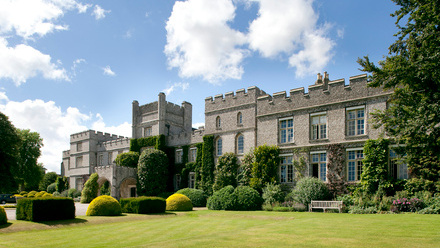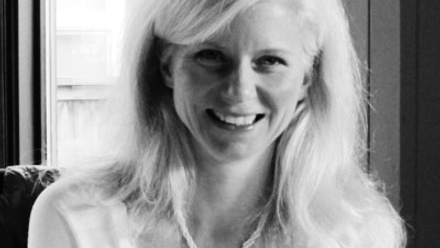Last June the international seminar “Heritage on fire: who’s next? – Fire risk management for cultural heritage” was held in Rio de Janeiro. It was organised by ICCROM in collaboration with the Brazilian Institute of Museums/IBRAM and ICOM-Brazil, in partnership with British Council, UNESCO-Brazil and the National Museum of Brazil/MN and National Historic and Artistic Heritage Institute/IPHAN. The event brought technical information and discussed the role of managers within a fire preventive culture.
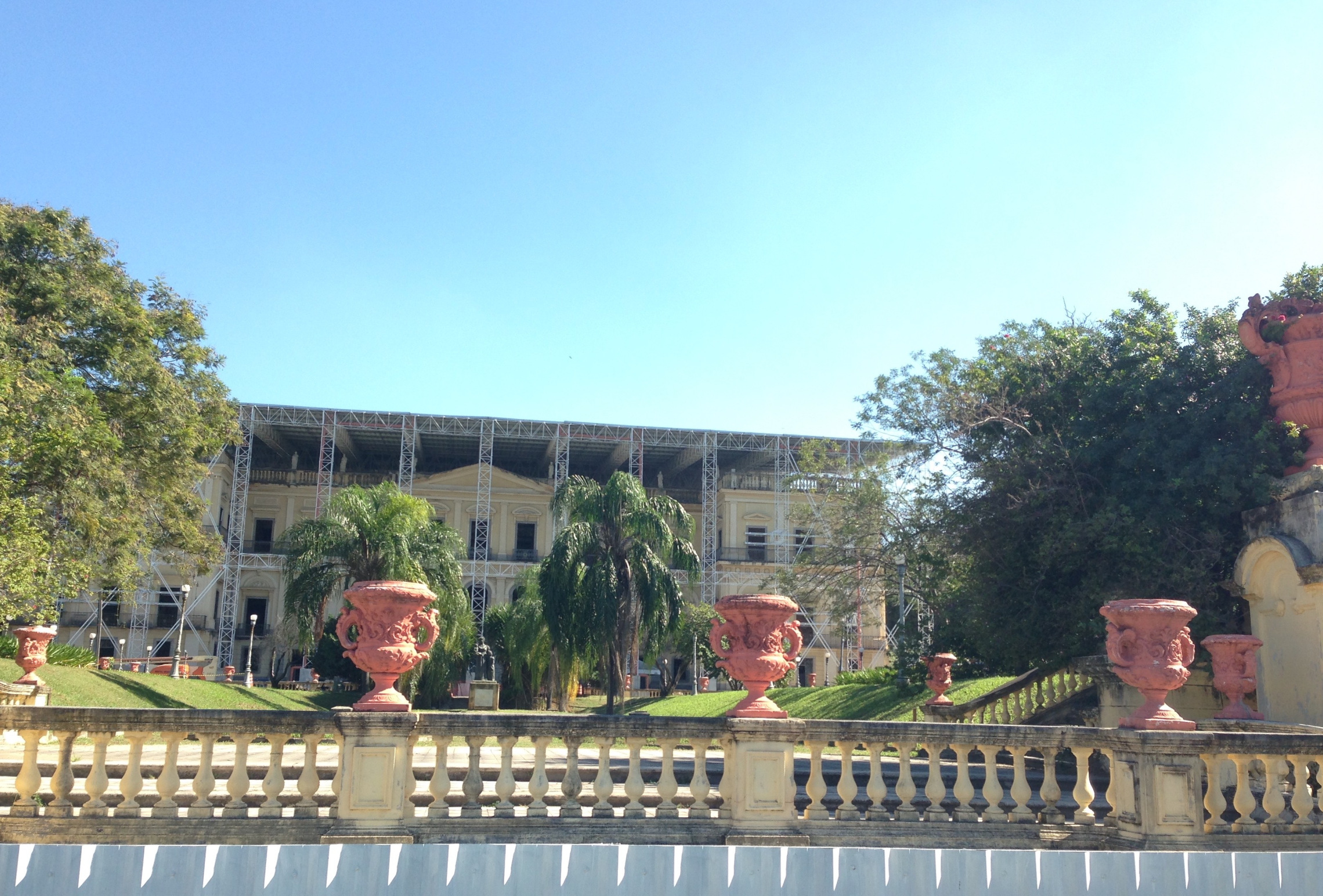
Two hectic days of the seminar were filled with lectures delivered by experts from eight countries – Canada, England, USA, India, Chile, Scotland, Sweden and Brazil, with additional technical visits to museums. The third day was dedicated to a specialist forum. It is expected to produce a publication with recommendations discussed there.
According to the organisers, around 500 people registered to attend the event. I noticed a variety of professionals of the heritage sector or associated with it, such as conservators, architects, researchers, collection managers, professors and firefighters who packed the National History Museum/MHN premises.
The technical sessions contributed with updated scientific knowledge, for example helping to clarify some “museum fire myths”. One of these examples was the use of fire sprinklers. Clear explanations provided in presentations described how they operate and the statistics which showed that sprinklers are a reliable and effective system to protect cultural heritage. It appears that they are becoming more acceptable, following the online survey regarding their use conducted by ICCROM before and throughout the seminar, as presented José Luiz Pedersoli Jr (ICCROM).
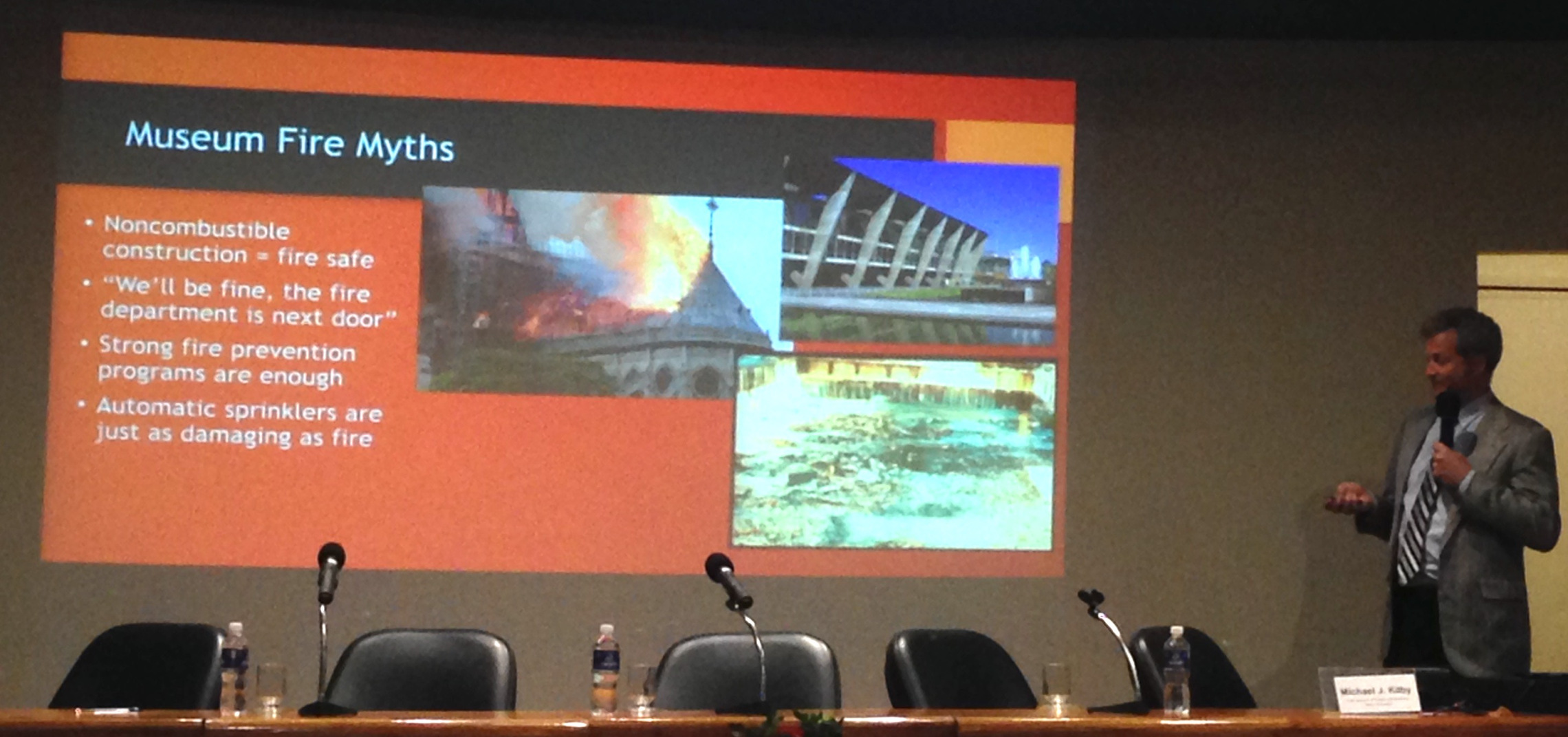
An essential point shared by Erika Hedhammar (Swedish National Heritage Board), Leonardo Barreto (IPHAN) and Eduardo Nocetti Holms (Military Firefighters Corps São Paulo) was the importance of good communication between cultural heritage professionals and the fire brigade. Barreto related there are overlapping competences in Brazil regarding fire prevention for protected cultural properties due to the local current legislation. He continued mentioning that IPHAN supplies technical expertise to the firefighters, “who have the competence to combat fire properly”.
Hedhammar also stressed the relevance of practical training, exemplifying the Swedish Regional Archive, where all of the staff know how to handle wet books.
Chris McGregor (Historic Environment Scotland) shared their experience learned after two blazes at the Mackintosh Art School Building in Glasgow. A collaborative teamwork spirit made a difference, he added. During the first time in 2014, its wonderful library was severely damaged. They did not have its architectural plans, so the librarian sketched the layout, locating rare books and other special collections, which was fundamental for an effective rescue of the most valuable items.
Silvio Cavalcante (IPHAN) presented the study case of the Our Lady of Rosario Church in Pirenópolis, a lovely historical town in Brazilian Central-West. He emphasized that one of their concerns was to involve the local community in its restoration process. The 18th c church devastated by a blaze was an iconic building for the mainly catholic population of the town. Its constructive method is taipa de pilão (rammed earth) and they relied on local skilled crafts masters to restore its wood and stone elements. Cavalcante related that they were descendants of Portuguese craftsmen who migrated to Brazil and maintained their skills throughout generations.
Aparna Tandon (ICCROM) defended a joint and coordinated fire risk assessment, gathering both external and internal sources, involving experts and non-experts. When assessing collections and buildings, she also recommended assessing their local communities and considering context specifics when managing fire risk. She concluded remarking “we also serve the society and offer refuge in their time of need”, making me feel more represented yet by her talk.
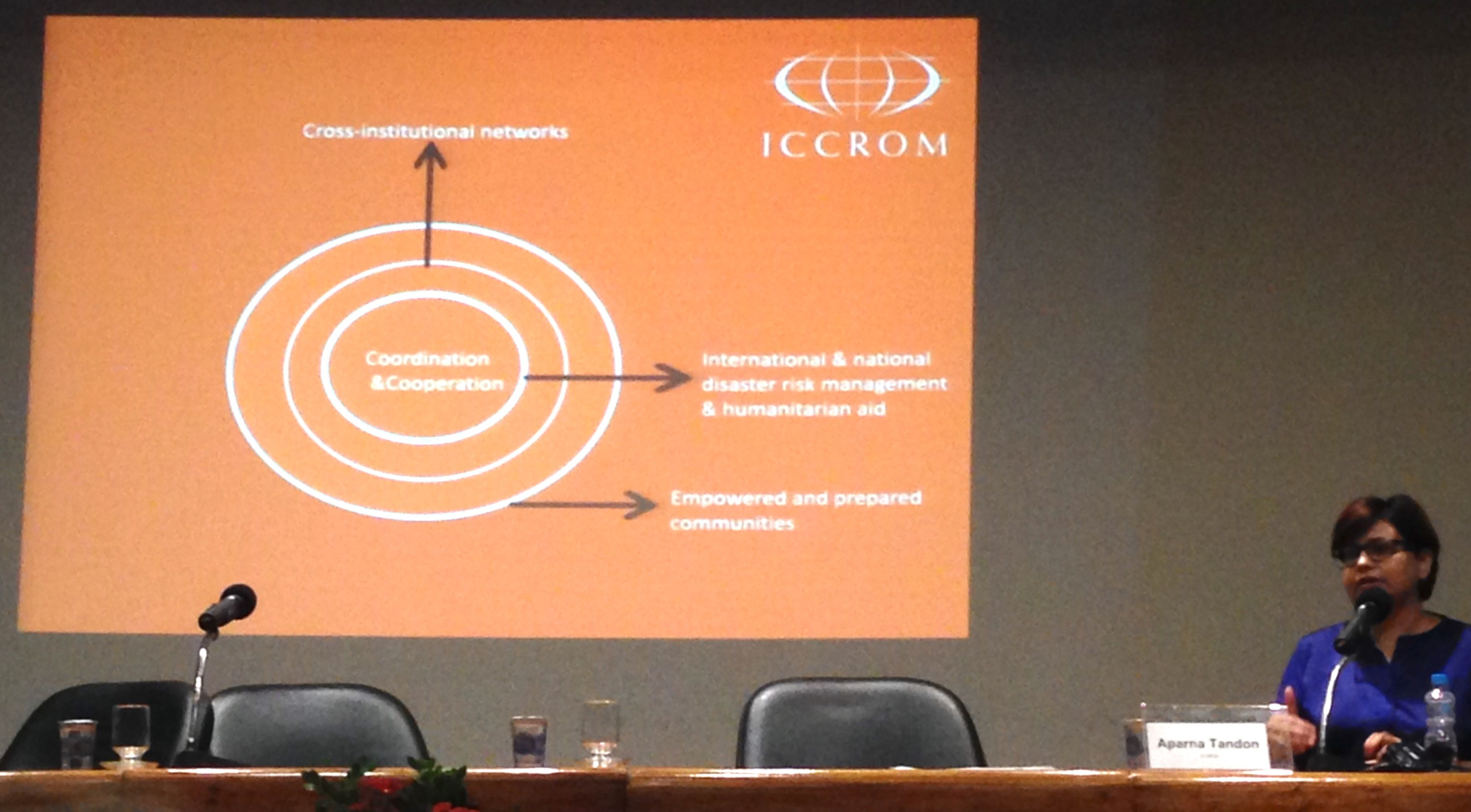
Technical visit
At the seminar’s programme a technical visit to the National Museum was scheduled. Hence its safety’s restrictions and the high number of attendees, the organisation provided other museums to visit and divided them by electronic draw.
I got the visit to the objects’ storage of the Naval Museum at Fiscal Island. It was my first time at the venue known as “the last ball of the Empire”, making me more curious about it! That event happened days before Brazil became a Republic in 1889, so the place itself has an unusual history. The wide ranging collection, from vases, full military uniforms to globes, holds objects donated to the Navy by former militaries up to items collected in the sea for instance. A small and dedicated team preserve the collection.
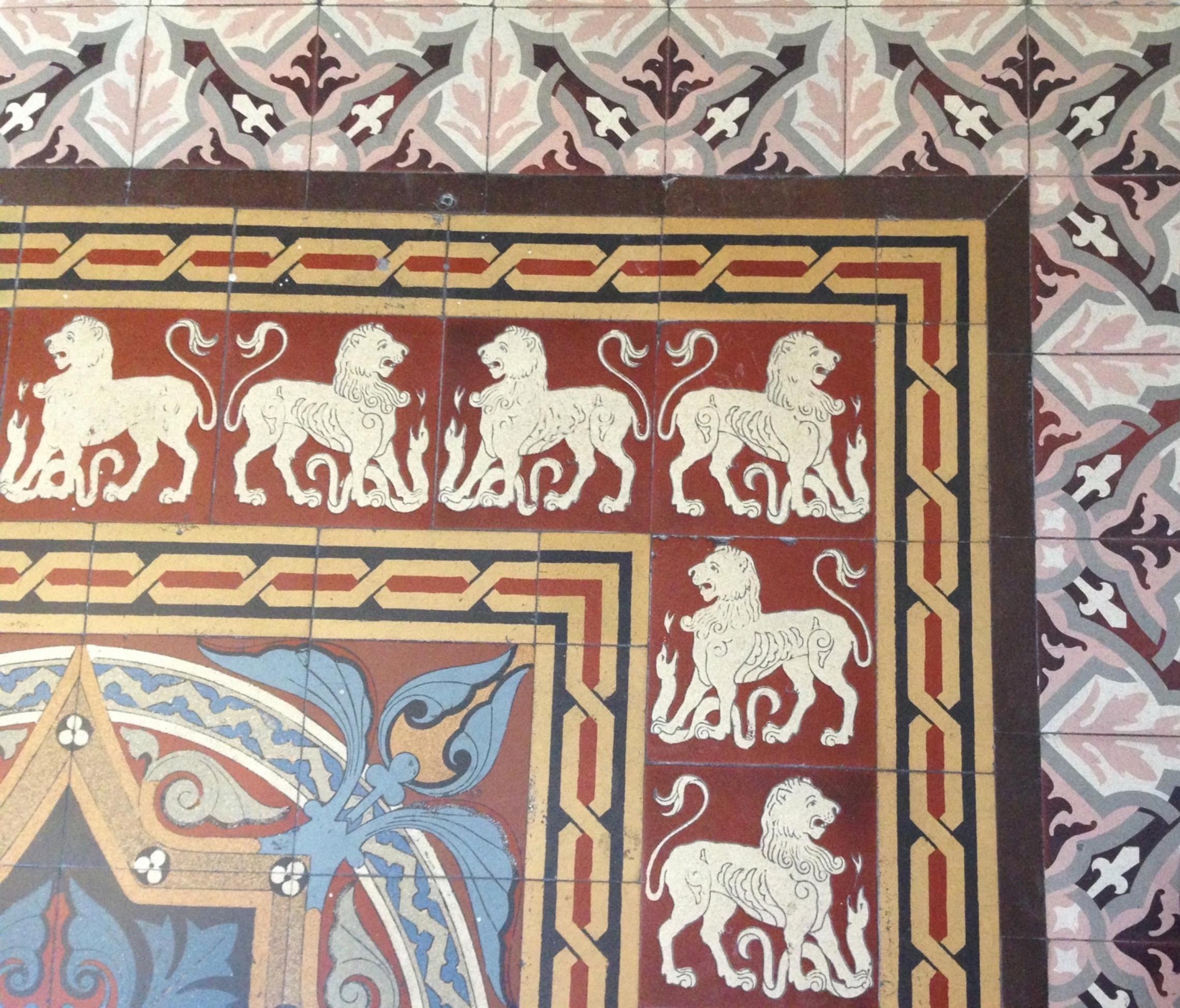
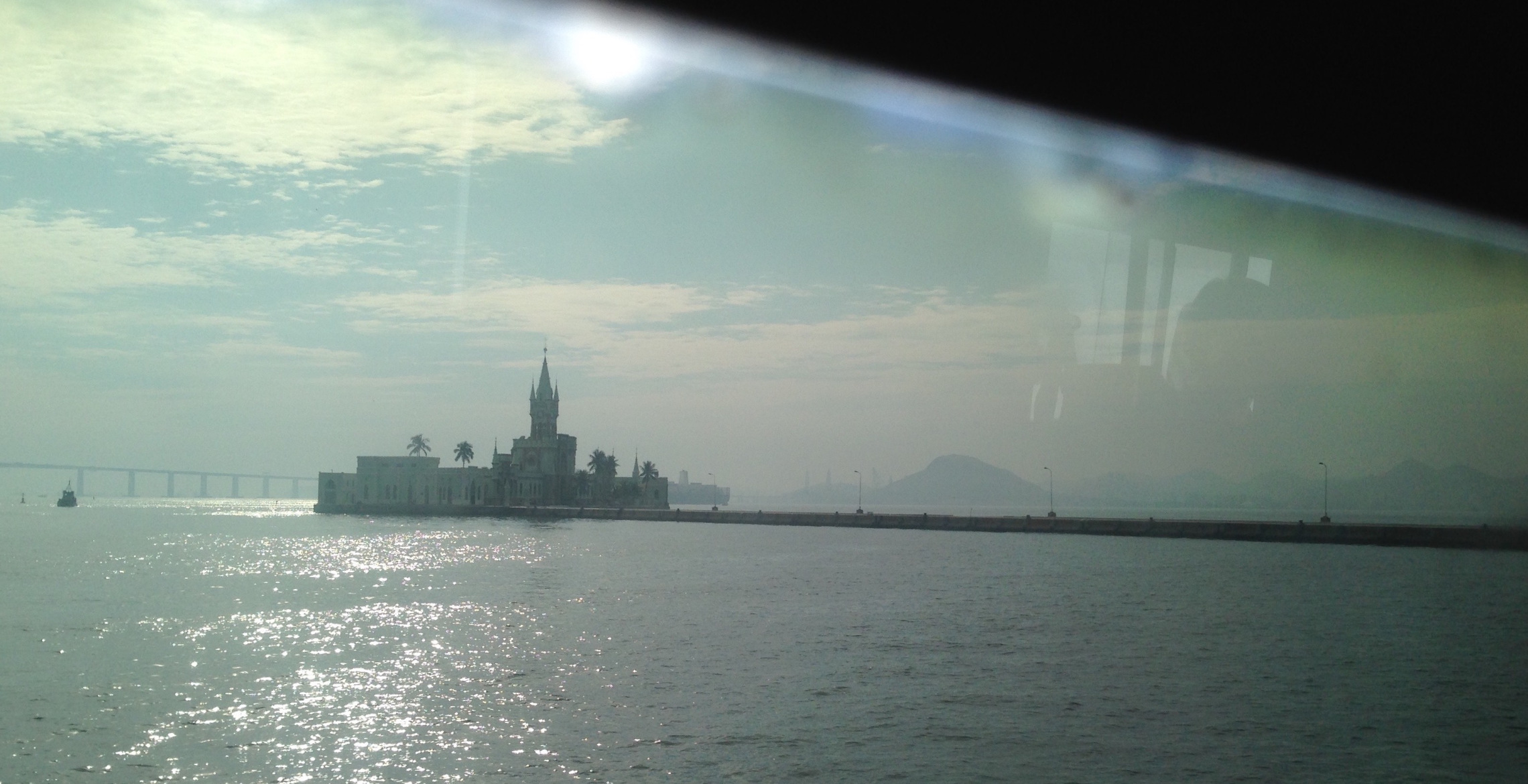
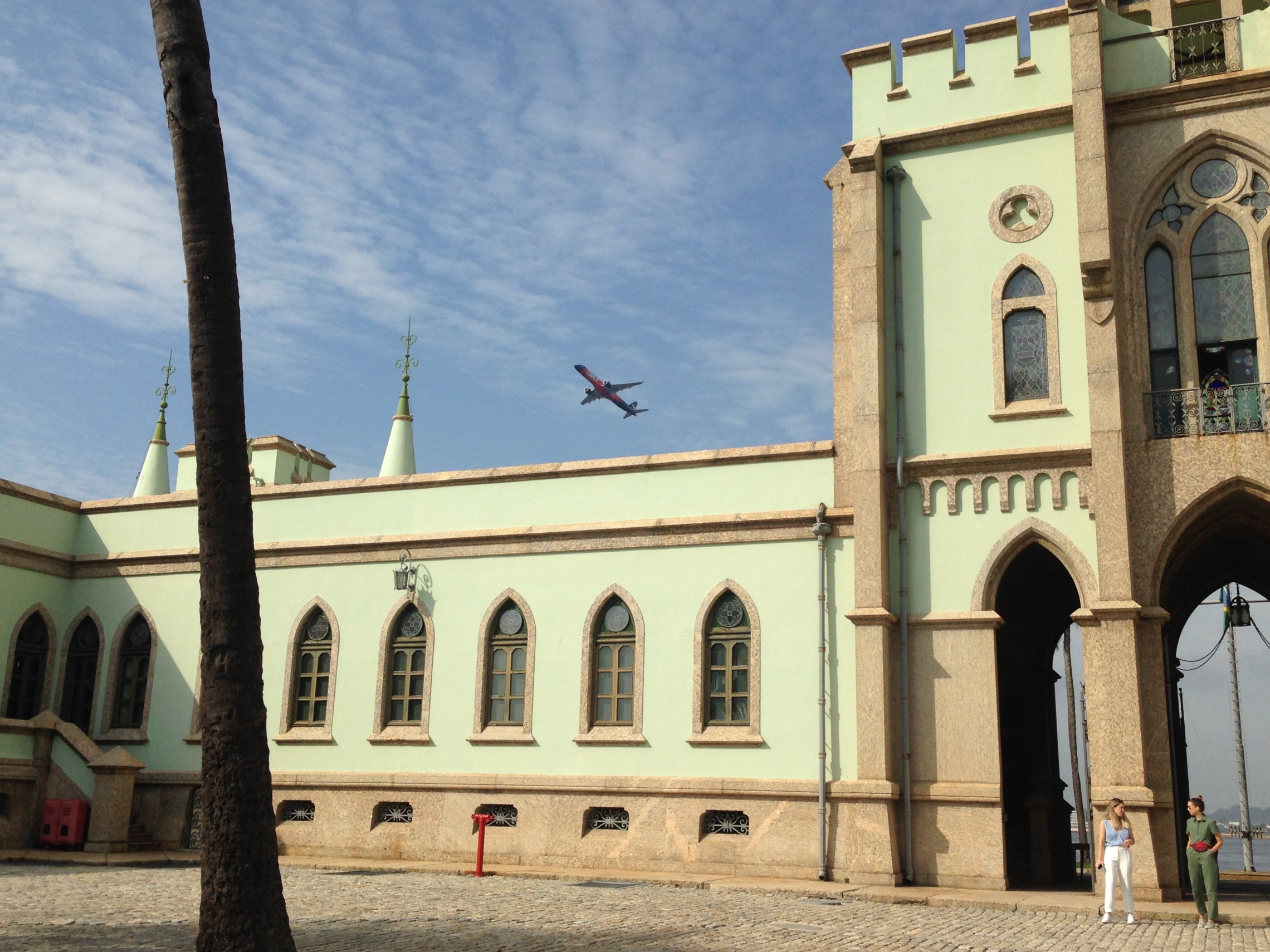
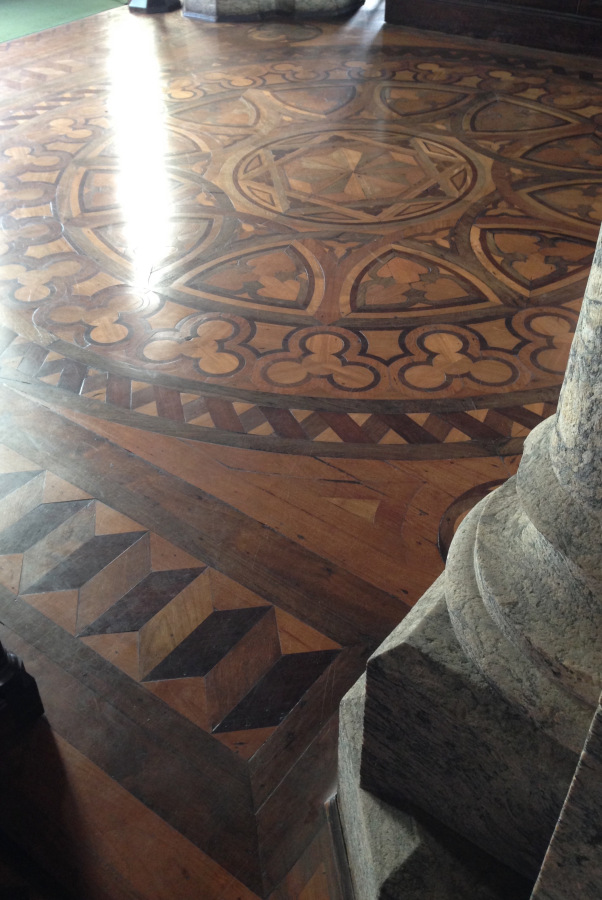
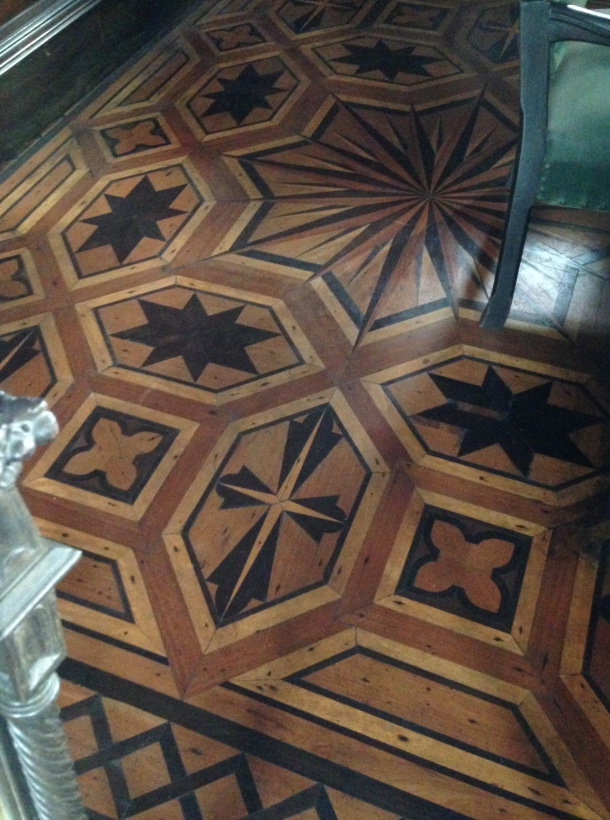
But I felt I should visit the National Museum anyway… some of my fellow heritage professionals elsewhere would likely feel the same! I went there by myself, as I did not want to disturb the already busy organisers. Unluckily I could not chat with anyone working on site. Instead I strolled around the building and its park full of people enjoying the beautiful Saturday.
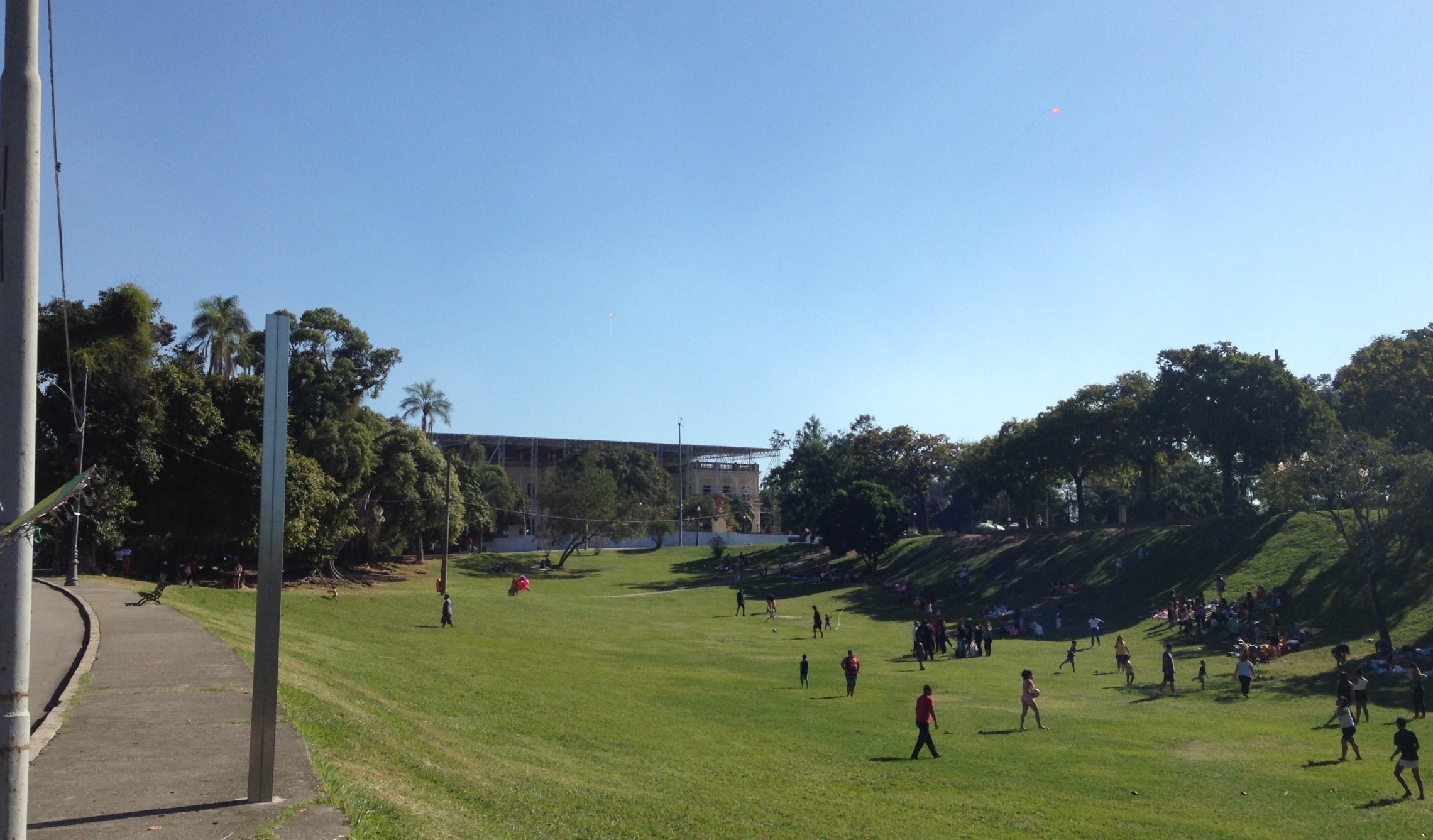
Politics
Among the authorities present to the seminar were Dr Laishun An, vice-President of ICOM, and Dr Webber Ndoro, Director-General of ICCROM.
Ndoro stressed that maintenance should be a priority. He proposed a different approach saying that fire brought opportunity for us, “let’s turn the tragedy into something positive”. In response to his own questions quoted at the title of this text, emphasized “it is important to have Brazil active [within the heritage sector], because of its spirit and expertise”. He completed with “not only in Latin America, but all over the world, especially in Africa” which has five Portuguese speaking countries. Smiling, he added that it was a bit selfish opinion, once he comes from that continent.
Conclusion
I am grateful for the support of the Icon Book and Paper Group towards the attendance of this event and also for this space. This sense of community is rewarding and empowering, especially meaningful and appreciated in this 2019 in Brazil.
In my opinion this seminar may be one of the most relevant Brazil has hosted recently within the heritage sector. It may represent an inflection point in the country’s area. Hopefully.
I ask excuses to my fellow colleagues for this text did not address the group expertise directly, rather preservation and advocacy. In present delicate times, regretfully heritage on fire is a worldwide issue, whether literally or metaphorically speaking. Fortunately we are many!
The seminar is online: https://www.youtube.com/channel/UCeORmTncRGZXqDMCfXGI6-g/featured
Ana Paula Hirata Tanaka, independent and freelance conservator, architect.
She is currently based in São Paulo, Brazil.



